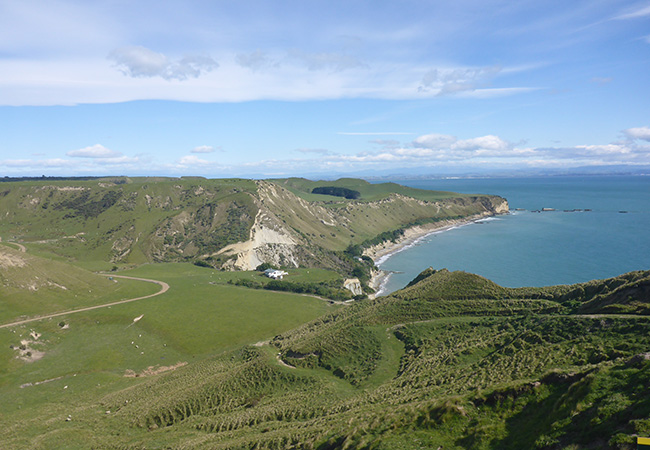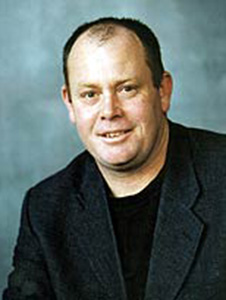
Te Kauae a Maui, Hawkes Bay
Taiwhenua o Heretaunga is working with the Department of Conservation (DOC) and the University of Otago to develop a plan for managing an important archaeological site that is currently under threat from coastal erosion.
Professor Richard Walter, Archaeology Head of programme and Māori students support at the University of Otago, says the site is very important as there is so little known archaeologically about life in the Hawkes Bay during this period.
The site comprises a 200-metre exposure of midden and artefacts eroding out of the beach ridge at the top of the dune and is believed to be a village site and probably dates to around 1400 – 1450 AD. One major concern for DOC and iwi is the regular exposure of kōiwi.
During the project, the Otago team will stay on site and intends to include space for training and engagement for people from local iwi, DOC and Heritage New Zealand.
Marei Apatu, Te Taiwhenua o Heretaunga explains: "Te Kauae a Māui has had other names throughout history. Within it's environ cultural are spiritual sites of importance including this one at Pūkiwa. These are significant remnants connected to our past and are rapidly disappearing."
A rāhui or prohibition of the immediate site was originally planned. However with the limited access to the site it is deemed to be ineffective and could attract fossicking in the area. This area is tapu; therefore all surrounding areas will be restricted.

Professor Richard Walter.
Professor Walter is also a founder and Director of Otago University-based Southern Pacific Archaeological Research (SPAR), which carries out pure, applied and commercial research in archaeology and heritage management throughout Aotearoa and the tropical Pacific. Each year, Otago's Archaeology Programme runs a three-week archaeological excavation field school for 400-level students, to teach excavation processes and methods.
The Otago University team will be on site to support mana whenua undertaking the important work ahead. This project will be a partnership between the University of Otago, Te Taiwhenua o Heretaunga and the Department of Conservation.
Professor Walter explains that he has been running a long-term programme of community-based heritage conservation and archaeological research in Hawke's Bay in partnership with different marae groups and organisations within Ngāti Kahungunu.
"Mana whenua need to identify where the kōiwi are coming from and how the site can be managed to ensure kōiwi are protected. If not, an appropriate alternative solution which includes the relocation to urupā will be considered," he say.
The University will continue to develop research and heritage conservation work in Hawke's Bay, and train graduate students.
Above all, the importance of partnership and community engagement is the number one priority, says Professor Walter. The SPAR team is trying to push community-based heritage conservation and this is the latest of a series of very diverse projects being done with groups from this region.
Hands-on science opportunity for Rangatahi:
Otago University has a longstanding tradition of supporting marae-based science wānanga for rangatahi in Heretaunga, with the aim of encouraging youngsters to consider career pathways in science.
This year's wānanga will include some hands-on experience for rangatahi at the Te Kauae-a-Māui excavation site.






